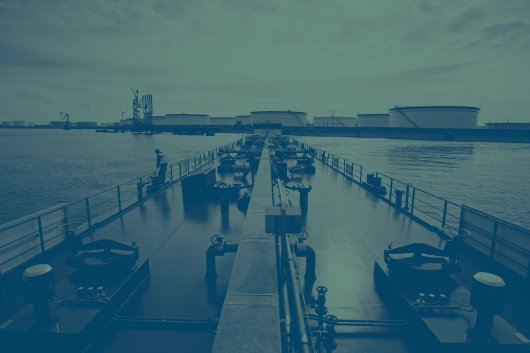More orders for emissions monitoring system
Company claims an order book stretching into 2015.
Emsys, the laser based emissions monitoring system from US technology firm W R Systems, Ltd. (WR), has been selected as the compliance monitor system on five differing scrubber types.
There are various scrubber designs currently available for owners keen to become both compliant and efficient. Depending on the vessel type and intended application, these include seawater, freshwater, hybrid, dry, open loop and closed loop amongst other designs.
WR designed their Emsys system using laser sensor technology; this means that the exhaust gas is measured in the same form as in the stack and not conditioned, cooled or dried. The laser allows the system to measure the emissions at low gas temperatures with high humidity present in the exhaust stream. The benefits of the technology are said to be based around the elimination of consumable spare parts and regular maintenance.
Although scrubbers only require monitoring of the SO2/CO2 ratio for compliance, the Emsys system is able to measure multiple gases including NOx, SOx, CO2, CO, CH4 and PM. Applications using a combination of an SCR and scrubber, combined with possible operation of engines using LNG, require a wide range of data necessary to optimise performance and provide compliance. WR claims that simple scrubber monitors are not suited to provide this level of reporting.
"Scrubbers are complex systems and when combined with other emissions reduction devices/alternate fuels become an important part of the vessel’s efficiency and compliance calculations. The cost of operation for these systems can be optimised if you have accurate feedback from the top of the stack," explained Simon Brown, WR’s Director of International Maritime Business.
"Many of these systems are 'tuned' using pumps, fans or consumables such as caustic soda. These are quantifiable running expenses and need to be used sparingly to maximise the operational efficiency. Being able to accurately optimise the assets whilst having the knowledge that Emsys is providing a highly accurate, validated and Flag State Approved compliance record is one of the main factors for Emsys success with ship-owners."
WR is bound by confidentiality on most of its scrubber projects, but the company has disclosed that in addition to the installations of Emsys on Royal Caribbean International announced last year, the Emsys system is to be installed on 'multiple cruise ships and cargo vessels'.
"Amongst an influx of recent contracts for Emsys including awards from Far East shipyards for both scrubber and traditional monitoring applications, these projects seem to underline the shipping industry’s confidence in emissions reduction technology," the company said.
WR claims an order book stretching into 2015 and an ever expanding customer base which has understood the benefits gained from installing their laser monitoring system. WR further explains that installing technology such as scrubbers is not the total solution; the ability to optimise efficiency and maintain operational compliance is paramount in delivering a competitive advantage.
There are various scrubber designs currently available for owners keen to become both compliant and efficient. Depending on the vessel type and intended application, these include seawater, freshwater, hybrid, dry, open loop and closed loop amongst other designs.
WR designed their Emsys system using laser sensor technology; this means that the exhaust gas is measured in the same form as in the stack and not conditioned, cooled or dried. The laser allows the system to measure the emissions at low gas temperatures with high humidity present in the exhaust stream. The benefits of the technology are said to be based around the elimination of consumable spare parts and regular maintenance.
Although scrubbers only require monitoring of the SO2/CO2 ratio for compliance, the Emsys system is able to measure multiple gases including NOx, SOx, CO2, CO, CH4 and PM. Applications using a combination of an SCR and scrubber, combined with possible operation of engines using LNG, require a wide range of data necessary to optimise performance and provide compliance. WR claims that simple scrubber monitors are not suited to provide this level of reporting.
"Scrubbers are complex systems and when combined with other emissions reduction devices/alternate fuels become an important part of the vessel’s efficiency and compliance calculations. The cost of operation for these systems can be optimised if you have accurate feedback from the top of the stack," explained Simon Brown, WR’s Director of International Maritime Business.
"Many of these systems are 'tuned' using pumps, fans or consumables such as caustic soda. These are quantifiable running expenses and need to be used sparingly to maximise the operational efficiency. Being able to accurately optimise the assets whilst having the knowledge that Emsys is providing a highly accurate, validated and Flag State Approved compliance record is one of the main factors for Emsys success with ship-owners."
WR is bound by confidentiality on most of its scrubber projects, but the company has disclosed that in addition to the installations of Emsys on Royal Caribbean International announced last year, the Emsys system is to be installed on 'multiple cruise ships and cargo vessels'.
"Amongst an influx of recent contracts for Emsys including awards from Far East shipyards for both scrubber and traditional monitoring applications, these projects seem to underline the shipping industry’s confidence in emissions reduction technology," the company said.
WR claims an order book stretching into 2015 and an ever expanding customer base which has understood the benefits gained from installing their laser monitoring system. WR further explains that installing technology such as scrubbers is not the total solution; the ability to optimise efficiency and maintain operational compliance is paramount in delivering a competitive advantage.
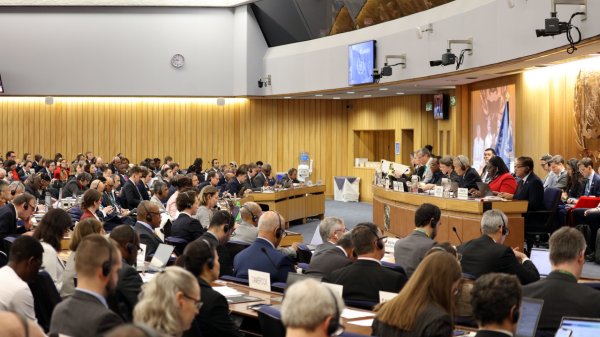
|
IMO approves pricing mechanism based on GHG intensity thresholds
Charges to be levied on ships that do not meet yearly GHG fuel intensity reduction targets. |
|
|
|
||
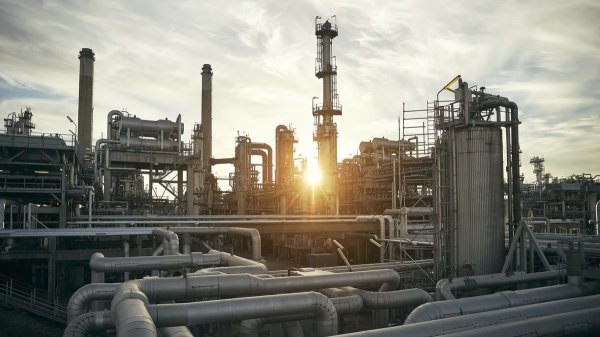
|
VARO Energy expands renewable portfolio with Preem acquisition
All-cash transaction expected to complete in the latter half of 2025. |
|
|
|
||
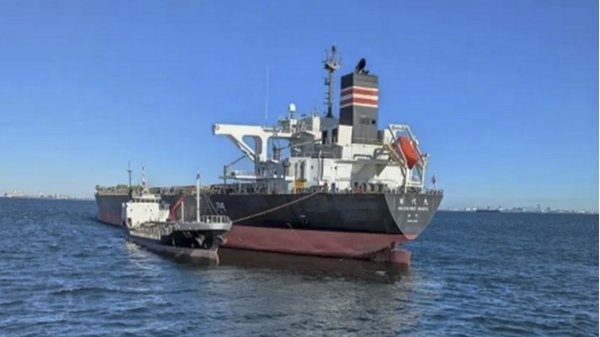
|
NYK trials biofuel in milestone coal carrier test
Vessel is used to test biofuel for domestic utility company. |
|
|
|
||
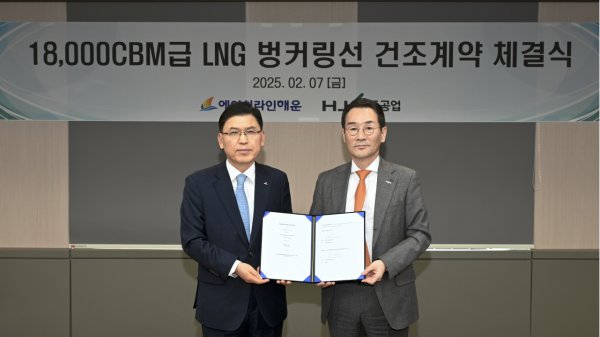
|
H-Line Shipping orders LNG bunkering vessel
Vessel with 18,000-cbm capacity to run on both LNG and MDO. |
|
|
|
||

|
How to engineer and manage green shipping fuels | Stanley George, VPS
Effective management strategies and insights for evolving fuel use. |
|
|
|
||
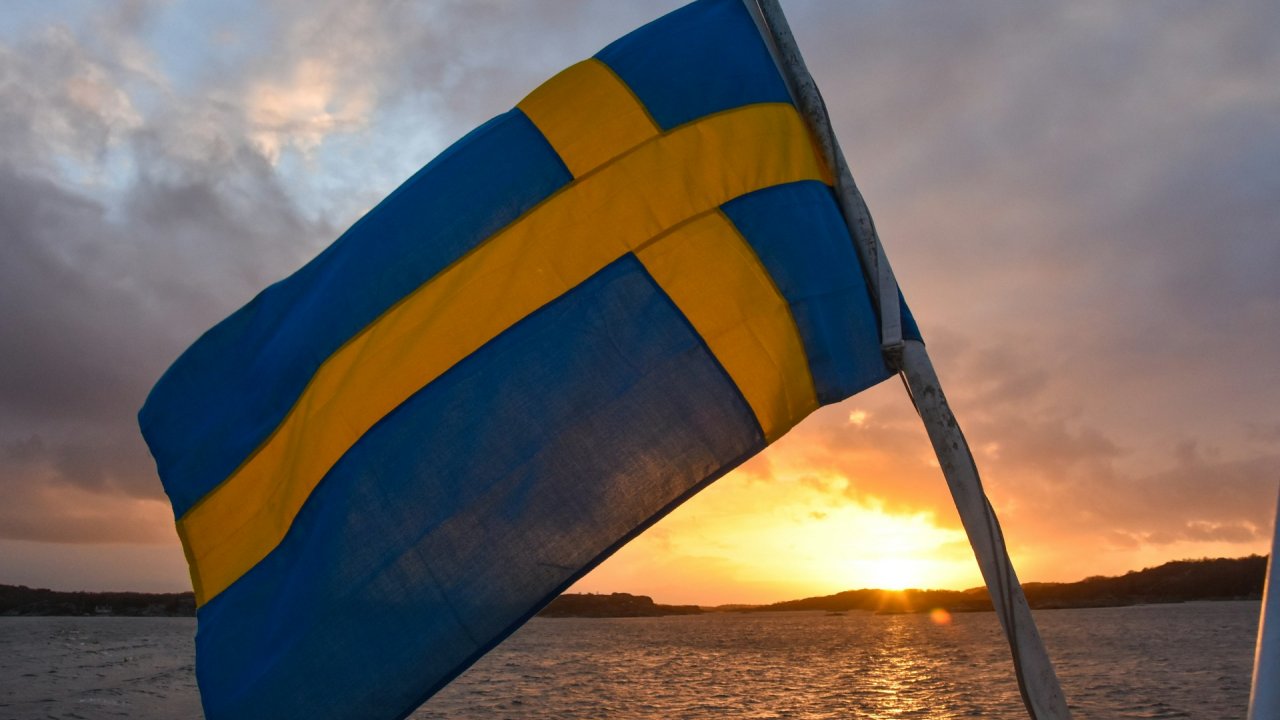
|
Swedish government bans scrubber wastewater discharges
Discharges from open-loop scrubbers to be prohibited in Swedish waters from July 2025. |
|
|
|
||
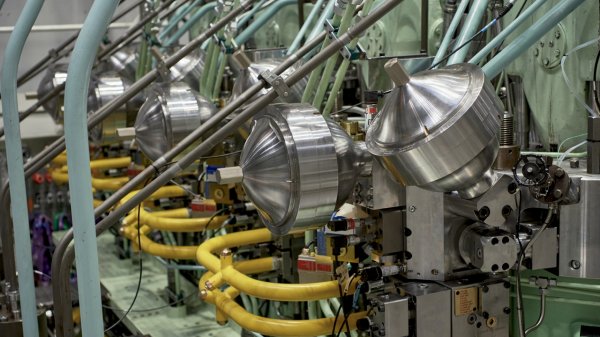
|
MAN Energy Solutions achieves 100% load milestone for ammonia engine
Latest tests validate fuel injection system throughout the entire load curve. |
|
|
|
||
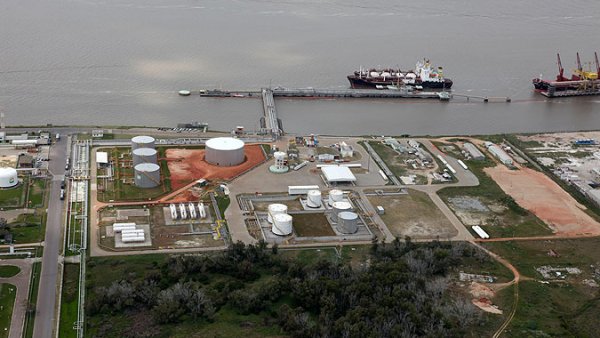
|
Petrobras secures ISCC EU RED certification for B24 biofuel blend at Rio Grande
Blend consisting of 24% FAME is said to have been rigorously tested to meet international standards. |
|
|
|
||
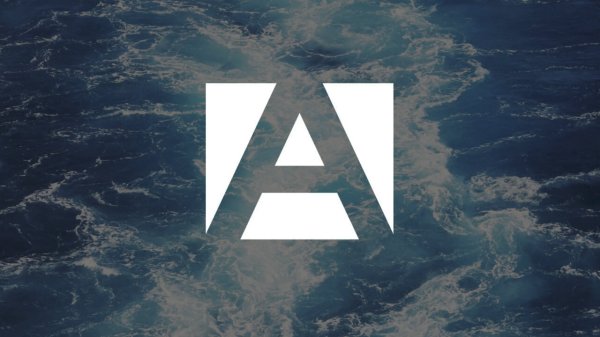
|
Stolt-Nielsen to fully control Avenir LNG with acquisition
Share purchase agreement to buy all shares from Golar LNG and Aequitas. |
|
|
|
||
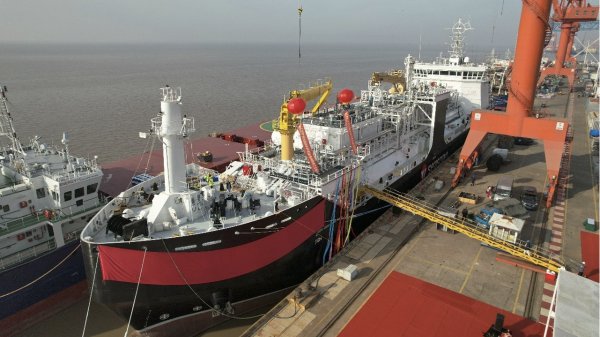
|
Bureau Veritas supports launch of CIMC SOE's LNG bunkering vessel
Handover of Seaspan Energy's cutting-edge 7,600-cbm vessel completed. |
|
|
|
||
Related Links
- · Emissions monitoring system wins award [Insights]
- · Cruise line orders emissions monitoring system [Insights]
- · Agreement to install emissions monitoring system [Insights]
- · Launch date for emissions monitoring system [Insights]
- · United States [Directory]

